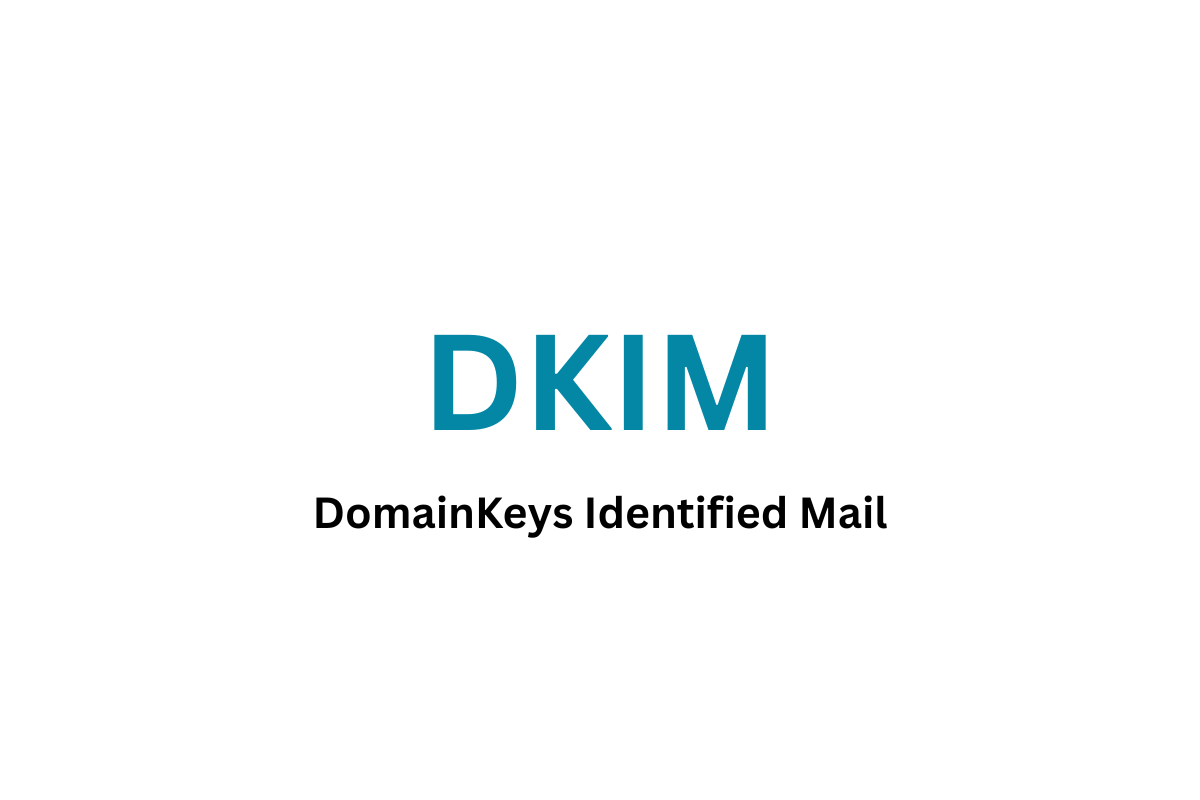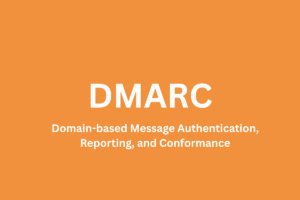What Is DKIM?
DKIM stands for DomainKeys Identified Mail. It is an email authentication method that helps prevent spoofing and ensures the email was sent by the domain it claims to come from.
Why Is DKIM Important?
- Protects Your Domain Reputation: Prevents your domain from being used in spam or phishing emails.
- Improves Email Deliverability: Signed emails are more trusted by inbox providers like Gmail and Outlook.
- Works With SPF and DMARC: DKIM enhances your overall email authentication strategy.
How Does DKIM Work?
- A private key signs the outgoing email.
- The signature is added to the email header.
- The public key is published as a DNS TXT record.
- The receiver checks the signature using the public key.
DKIM Example (Simplified)
A DKIM record in DNS might look like this:
default._domainkey.yourdomain.com TXT
v=DKIM1; k=rsa; p=MIGfMA0GCSqG...yourpublickey...IDAQAB
v=DKIM1: version, k=rsa: key type, p=: public key
How to Set Up DKIM
- Generate DKIM keys using your email service provider.
- Add the TXT record to your domain’s DNS settings.
- Verify the setup using tools like:
DKIM Best Practices
- ✅ Enable DKIM on every sending domain.
- ✅ Use 2048-bit keys for strong security.
- ✅ Combine DKIM with SPF and DMARC for full protection.
- ✅ Rotate keys regularly.
- ✅ Monitor email performance and authentication reports.
Final Thoughts: DKIM Is a Must for Email Success
By configuring DKIM properly, you improve your email deliverability and protect your brand from phishing attacks. It’s a simple but powerful tool to gain trust and increase open rates.



